
Dudleya are beautiful, drought-tolerant succulents native to the western United States and Mexico. With their stunning rosette shapes and unique colors, they are a favorite among gardeners and plant enthusiasts. In this comprehensive guide, we’ll discuss Dudleya care, their native habitats, and the poaching issues these plants face.

Dudleya Guide:

Native Habitats
Dudleya Species Diversity
There are over 40 species of Dudleya succulents, each with its own unique characteristics and preferred habitat. Their native range stretches from the coastal cliffs of California and Oregon to the deserts of Mexico. They can be found in various environments, such as rocky outcrops, grasslands, and woodlands, often at elevations above 1,000 feet.

Caring for Your Dudleya
Soil Requirements
Drainage
One of the most crucial aspects of Dudleya succulent care is providing well-draining soil. These succulents are prone to root rot if they sit in waterlogged soil for too long. Ensure that your succulent’s container has drainage holes, and consider adding perlite, pumice, or coarse sand to improve the drainage of your potting mix.

Soil Composition
They prefer slightly acidic to neutral soil, with a pH between 6.0 and 7.0. A blend of equal parts potting soil, coarse sand, and pumice will provide the necessary drainage, aeration, and nutrient balance.

Lighting Needs
These succulents require bright, indirect light to thrive. While they can tolerate some direct sunlight, too much exposure can cause sunburn or stress the plant, leading to discoloration or leaf drop. Placing your Dudleya in a south-facing window or providing them with filtered light under a shade cloth is ideal.
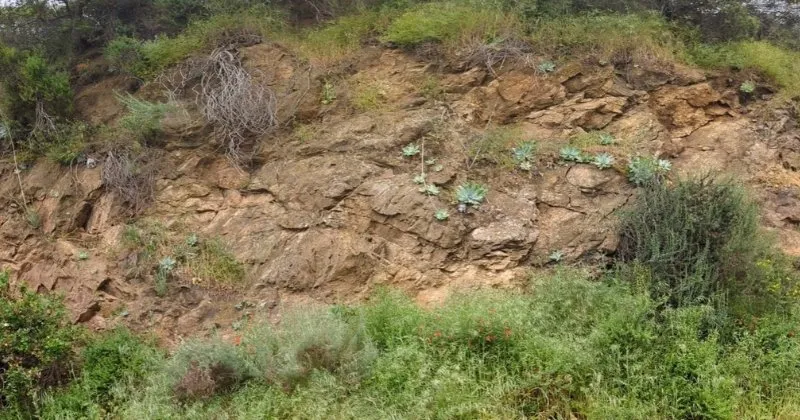
Watering Techniques
Frequency
Due to their native habitats, Dudleya succulents are adapted to survive long periods of drought. They require infrequent watering, typically every two to four weeks during the cooler growing season and even less during their dormant period (summer). Allow the soil to dry out completely between waterings to avoid overwatering and root rot.

Technique
When watering your Dudleya succulents, it’s best to use the “drench and dry” method. Thoroughly drench the soil until water runs out of the drainage holes in the bottom of the pot, then allow the soil to dry out completely before watering again.
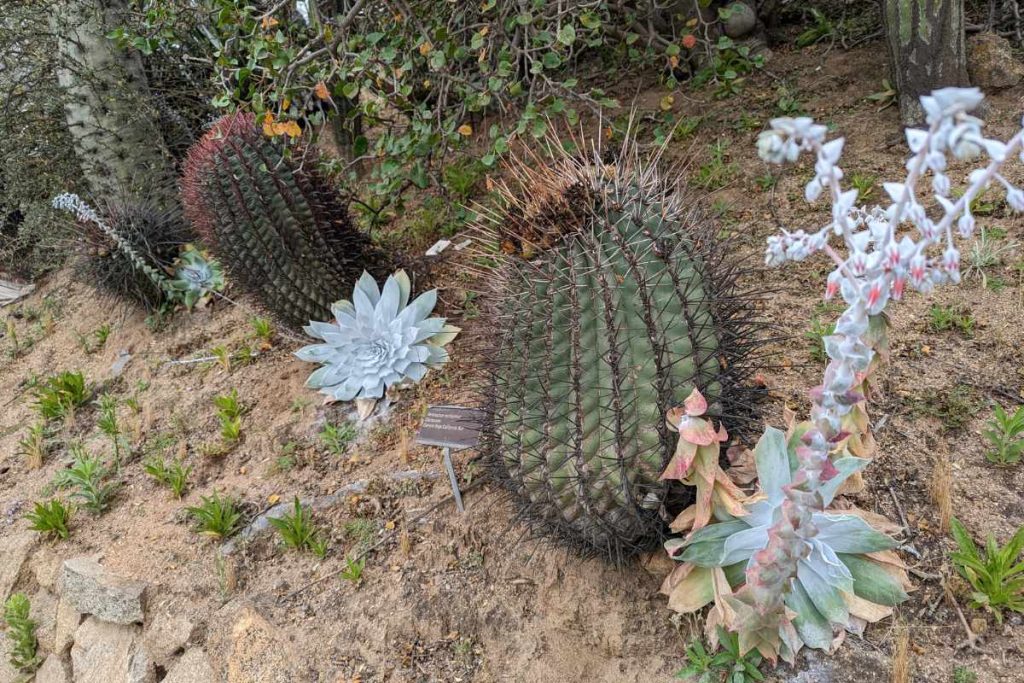
Be careful not to splash water onto the powdery leaves, as this can lead to crown rot when water sits in the crevices of the leaves. In fact, planting it as close to vertical as possible would be best so that it mimics the natural habitat.

Temperature and Humidity
They can tolerate a wide range of temperatures, from freezing conditions to scorching summer heat. However, they prefer temperatures between 60°F and 75°F. Most species can handle brief periods of frost, but it’s best to protect them from prolonged exposure to temperatures below 32°F.

Propagation
Dudleya can be propagated through offsets, or seeds. Offsets can be removed from the mother plant and replanted in their own container. Seeds can be sown on the surface of well-draining soil and kept moist until germination.

Here’s an article about how middle schoolers in San Luis Obispo, California are protecting the populations by restoration planting of seed grown Dudleya: https://cnpsslo.org/2018/10/defeat-dudleya-poaching-through-propagation/

Dudleya Poaching Issues
Reasons Behind Poaching
Unfortunately, Dudleya face significant poaching threats due to their popularity and high demand in the horticultural industry. Unscrupulous collectors target wild populations, often illegally removing plants from protected habitats to sell on the black market.

The poachers are poaching them from coastal areas in southern California, particularly from state parks, nature reserves, and private land along the coastline from Monterey to San Diego County. Some of the hardest hit areas are around coastal San Diego and Los Angeles.

The stolen Dudleya are then sold, both within the US and abroad, via online or in-person sales. Some are even smuggled overseas to Asia, Europe, the Middle East, where there are plant collectors willing to pay high prices for the in-demand and rare succulents. Anyone else obsessed with “To Catch a Smuggler” on Nat Geo?

Impact on Dudleya Populations
Poaching has devastating effects on Dudleya populations, resulting in habitat destruction and the decline of rare and endangered species. The removal of these plants disrupts the delicate balance of their ecosystems and threatens the survival of the remaining individuals.
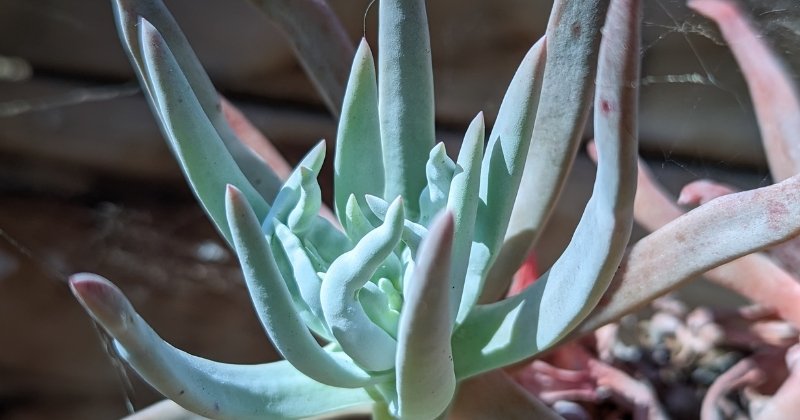
According to one estimate, about 1/3 to 1/2 of southern California’s native populations have been depleted in some areas due to poaching. Some species have had as much as 90% of their numbers removed in certain habitats.
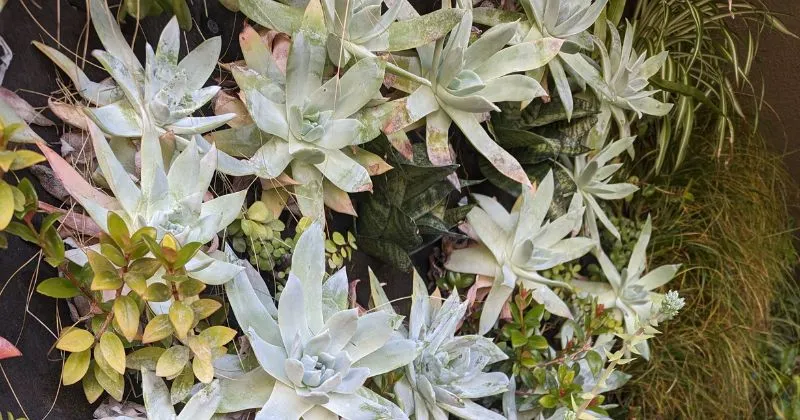
What You Can Do to Help

To help combat Dudleya poaching, only purchase plants from reputable sources, such as certified nurseries or growers. Avoid buying wild-collected specimens, and report any suspicious activity to local authorities or conservation organizations. Additionally, educating others about the importance of protecting their habitats and the consequences of poaching can help raise awareness and support conservation efforts.
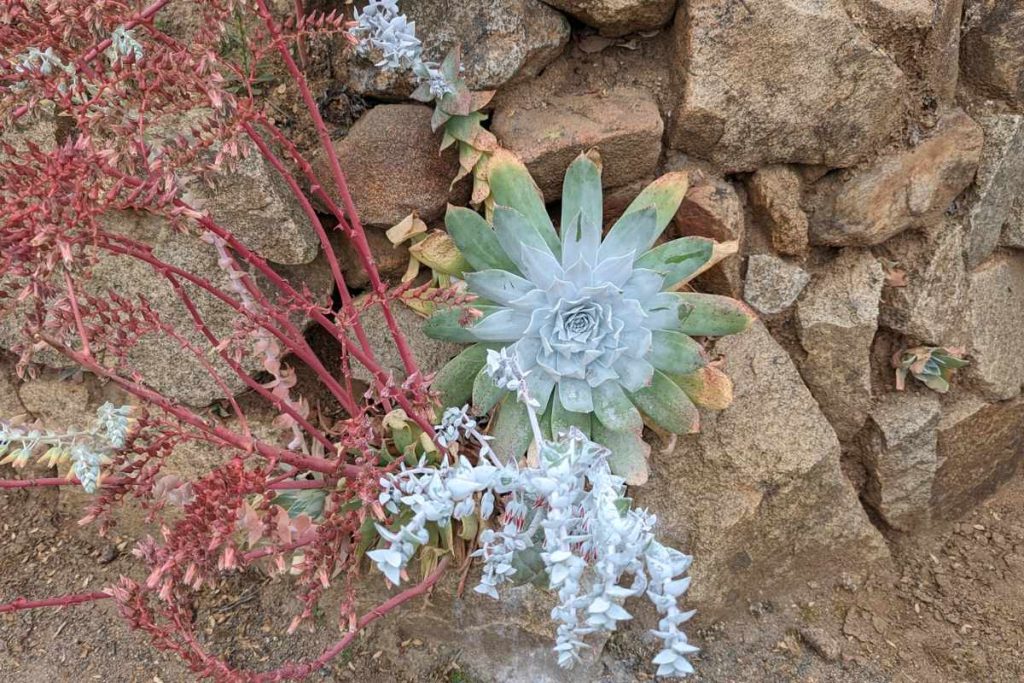
Be careful about sharing locations of native populations on social media. This can attract the attention of poachers and fuel illegal poaching. Limit geotagging and location details when sharing photos.
Be on the lookout for suspicious activity. If you observe potential poaching in areas with native Dudleya, report it to the local parks department, wildlife authorities, or sheriff’s office immediately. Provide details that could help catch the thieves.

Dudleya are fascinating and beautiful succulents with unique care requirements that reflect their diverse native habitats. By providing the right soil, lighting, and watering conditions, you can successfully cultivate these stunning plants and enjoy their beauty for years to come. However, it’s essential to remain aware of the poaching issues these plants face and support efforts to protect and conserve their wild populations.
For more info: https://www.theguardian.com/environment/2018/apr/27/stolen-succulents-california-hipster-plants-at-center-of-smuggling-crisis
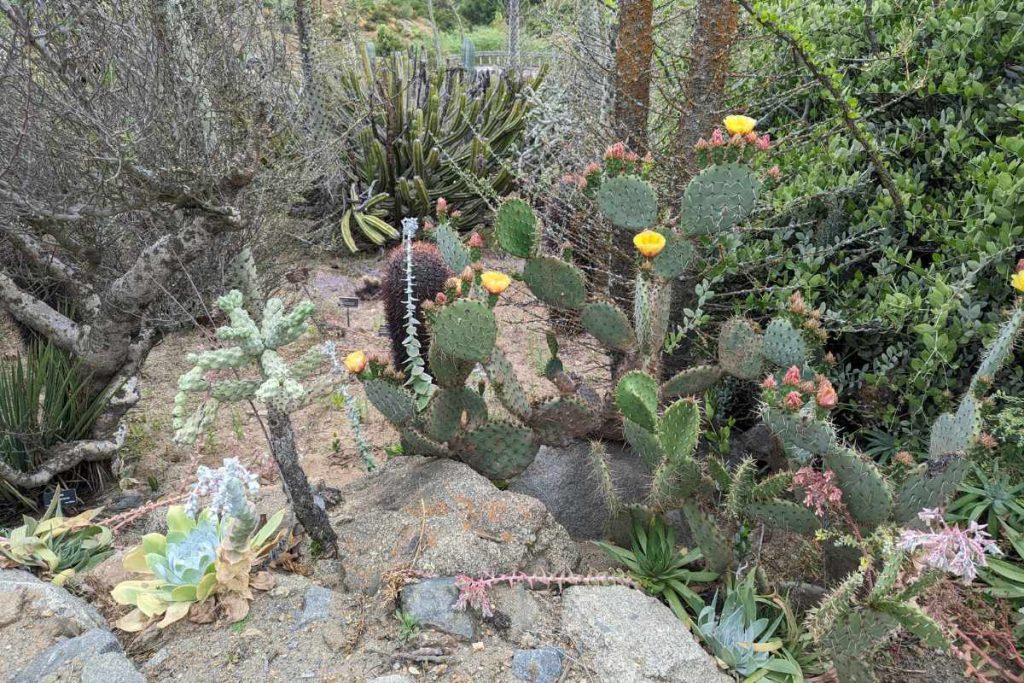
Where to Buy Dudleya
You can find these chalky beauties at Planet Desert by clicking the image below.
FAQs
How often should I fertilize?
Dudleya have minimal fertilizer requirements. A light application of a balanced, water-soluble fertilizer diluted to half strength once or twice during the growing season is usually sufficient. Honestly, you don’t need to fertilize these at all.
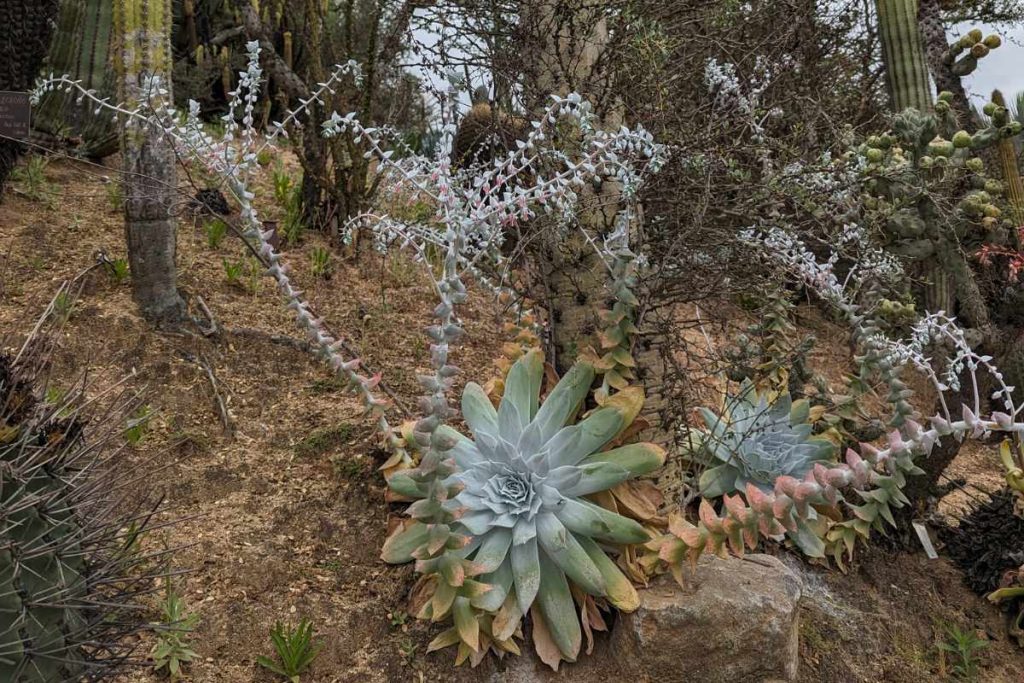
Are they toxic to pets?
Most Dudleya species are non-toxic to pets. However, it’s always best to keep plants out of reach of curious pets to prevent accidental ingestion or damage to the plant.
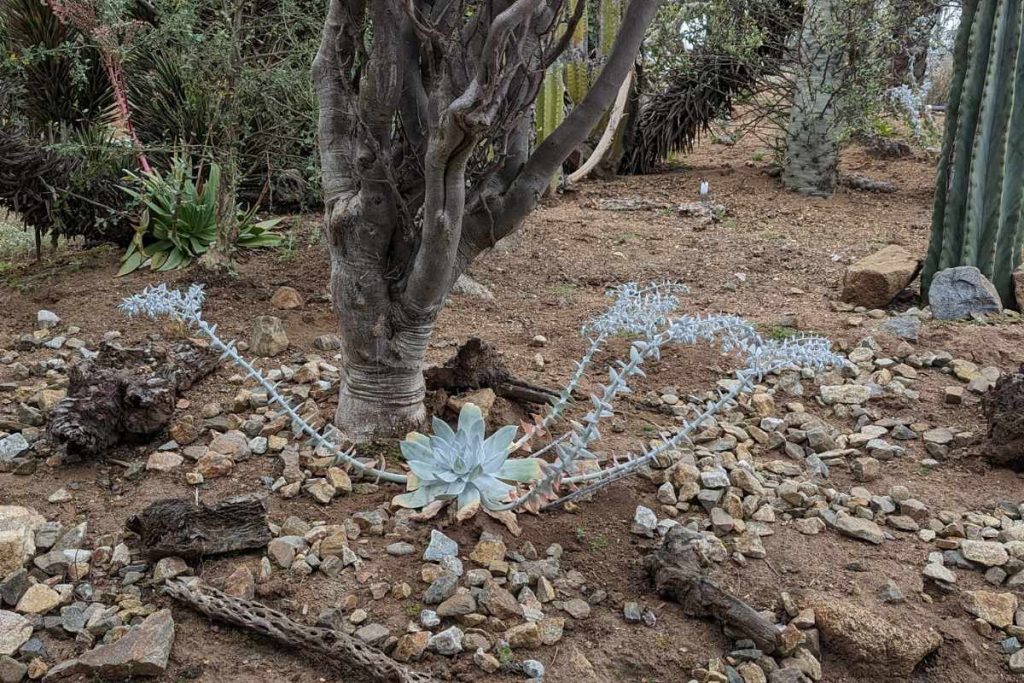
How can I tell if it is getting too much sun?
Signs of sunburn or sun stress include discoloration, leaf drop, or shriveling. If your plant shows these symptoms, move it to a location with less direct sunlight or provide it with some shade during the hottest part of the day.

Why are my leaves turning yellow or soft?
Yellow, mushy leaves are often a sign of overwatering and potential root rot. Cut back on watering and ensure that the soil drains well to prevent further damage.



